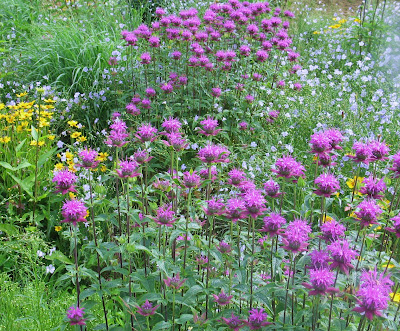BVBA Jan Spruyt - Van der Jeugd is the biggest perennial nursery in Belgium, around 6 ha of perfect maintained growing perennials, both well known market busters and seldom seen rare collecting plants.
As his son Nik nowadays runs the nursery, Jan himself can concentrate more on selection of new perennial cultivars and his other big passion – naturalistic prairie inspired plantings.
Jan Spruyt and some of his Echinacea seedlings
On the trial fields in Mostenveld there are many interesting seedlings from a big range of different perennials. Jan has a great interest in American prairie and meadow plants and he tries to select forms with better and sturdier growth habit. Many new forms of Echinacea purpurea are also growing in the beds and some of them can certainly be an improvement of the existing already vast assortment.
Some few years ago the company invested in a new planting machine
The extensive assortment of Heuchera
Lilium 'Landini', bruinzwart en erg mooi
I wonder if this is the darkest form among all Lily cultivars? The flowers of Lilium 'Landini' are anyhow tinted in a very dark blackish brown shade and the stems are very dark as well. It grows about 70-90 cm tall and flowers in early summer. Something to dream wet Lily dreams about. Have you ever seen a darker one?
The beds for shade loving plants are shaded by nets
Perennials ready packed to be delivered to a Garden Centre – and these will be very easily sold, don’t you agree?.



























